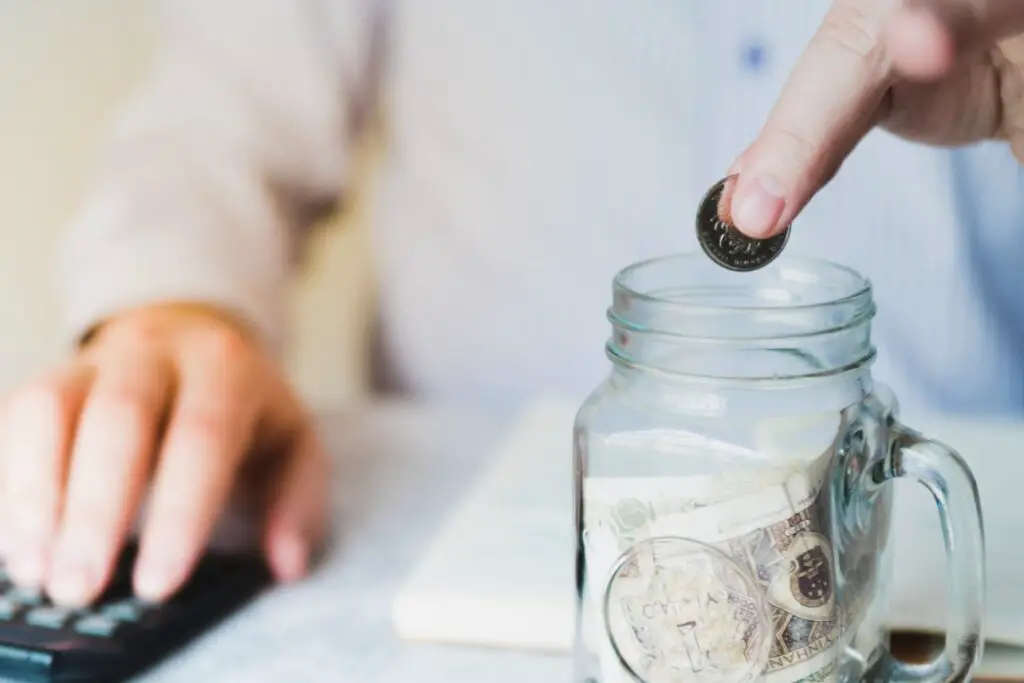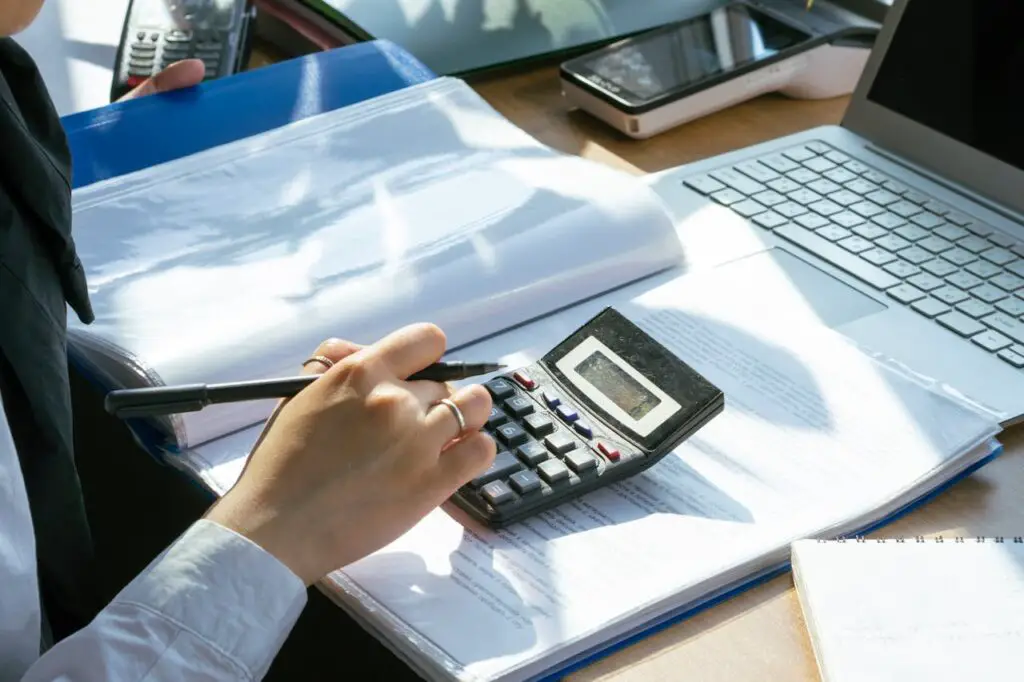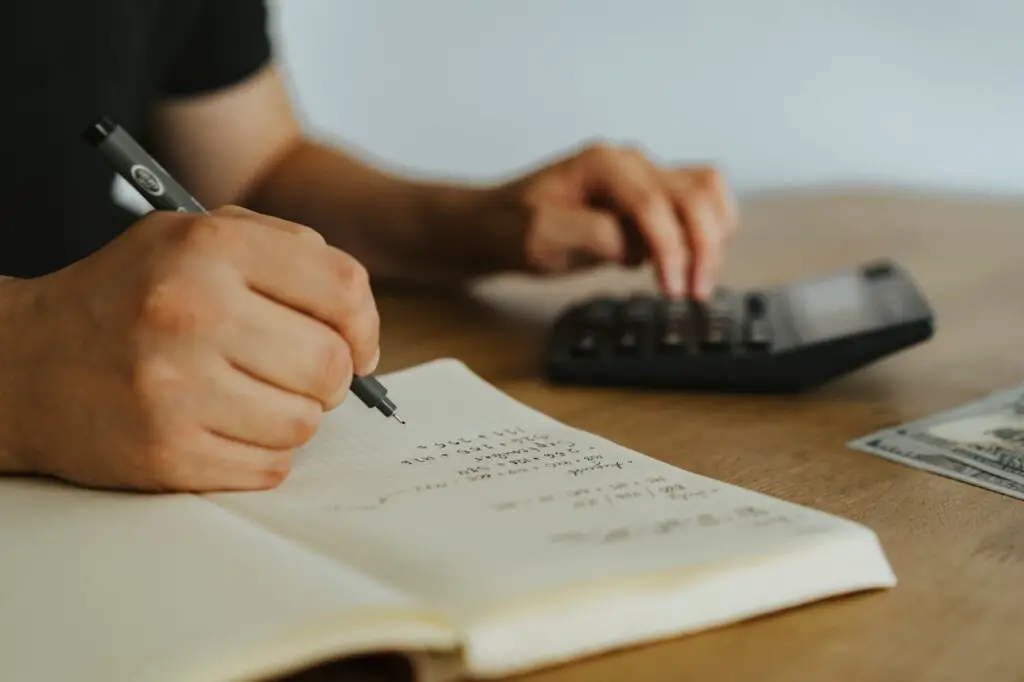9 Smart Ways to Build an Emergency Fund Fast in Your 30s

Let’s be real: adulting in your 30s can feel like riding a financial roller coaster. One minute, you’re celebrating a promotion, and the next, your car decides to break down or your landlord hikes the rent. If there’s one thing life teaches us in this decade, it’s that emergencies don’t send calendar invites. That’s why building an emergency fund is crucial—it’s the ultimate safety net that lets you handle life’s surprises without panic or debt spirals.
But here’s the kicker: saving money when bills, student loans, and maybe even family expenses are knocking at your door can feel impossible. The good news? It’s totally within your reach—and you don’t have to sacrifice everything you love to get there. Whether you’re starting from zero or trying to beef up your existing savings, these 9 smart, practical strategies can help you build an emergency fund fast in your 30s. Let’s dive in and get you some financial peace of mind!
1. Automate Your Savings—Set It and Forget It

Automation is like your financially responsible best friend who gently pulls money out of your checking account before you can blow it on late-night online shopping. Schedule automatic transfers to a high-yield savings account right after each payday. Even if you start with just $50 a week, you’ll have over $2,600 by year-end—and you won’t even miss it. Think of it as paying your future self first. Bonus: watching your balance quietly grow in a separate account is incredibly satisfying.
2. Turn Your Clutter Into Cash

Here’s the thing about your 30s: your closet, garage, and attic are probably stuffed with things you once loved—but no longer use. That designer handbag gathering dust, the exercise bike turned laundry rack, or stacks of old video games can all be money in disguise. Sell them on Facebook Marketplace, eBay, Poshmark, or OfferUp. Not only does decluttering put cash in your emergency fund fast, but it makes your home feel bigger and your mind lighter. Less stuff, more financial security—that’s a trade worth making!
3. Slash Recurring Expenses Without Sacrificing Joy

Think you’re spending smart? Your monthly subscriptions might disagree. Streaming services, apps, and random memberships can siphon cash quietly every month. Review your bank statements and ruthlessly cut anything you don’t truly use or love. Call your cell phone provider, internet company, or insurance carrier and negotiate lower rates—you’d be surprised how often it works. Even saving $30–$50 a month means $360–$600 more for your emergency fund each year. That’s not pocket change!
4. Embrace a Short-Term Side Hustle

A side hustle doesn’t have to mean working yourself into the ground. A few hours a week can be enough to funnel cash into your emergency fund quickly. Consider tutoring, freelancing online, delivering groceries, dog walking, selling digital products, or even renting out a spare room. Many side gigs let you set your own schedule, which is perfect if you’re juggling a busy career or family life. Even earning an extra $300 a month can add $3,600 to your savings in a year—enough to handle a big emergency without stress.
5. Save Every Windfall (Tax Refunds, Bonuses, Gifts)

Getting extra money feels amazing—until it disappears on impulse splurges. Instead, make a deal with yourself: every time you get a windfall, whether it’s a tax refund, work bonus, holiday gift money, or even a cash prize from an office raffle, funnel most or all of it into your emergency fund. It’s way less painful to save “found money” than to carve savings out of your regular paycheck. A $1,500 tax refund can single-handedly kickstart your emergency fund, giving you instant peace of mind.
6. Try a No-Spend Challenge to Supercharge Savings

Think of a no-spend challenge like a financial boot camp. For one week—or go big and try a month—commit to spending only on essentials like rent, groceries, and bills. Skip takeout, coffee runs, online shopping, and any “just because” purchases. Redirect every dollar you save directly into your emergency fund. Many people save hundreds during a no-spend challenge and realize how many expenses are purely out of habit. Plus, it’s a fantastic way to reset your relationship with money—and prove to yourself how much you’re capable of saving.
7. Tame Your Grocery Budget Without Going Hungry

Grocery bills can quietly drain your bank account, especially if you’re buying organic everything or feeding a family. But good news: you can lower your grocery costs without sacrificing healthy, tasty meals. Shop weekly sales, plan meals in advance, use digital coupons, and switch to store brands for staples. Apps like Ibotta or Fetch Rewards give cash back on groceries, putting even more money into your emergency fund. Trim just $40 a week, and you’ll bank over $2,000 in a year—a significant chunk toward your savings goal.
8. Refinance or Consolidate Debt to Free Up Cash Flow

Debt payments—especially high-interest credit cards—can strangle your budget. In your 30s, you might have lingering student loans, auto loans, or personal debt that eats into your ability to save. Look into refinancing student loans or consolidating credit card debt into a lower-rate personal loan. Even a modest drop in interest rates can save you hundreds a year. Just be disciplined: funnel the freed-up money directly into your emergency fund instead of letting it get absorbed into everyday spending.
9. Set a Clear Goal—and Track It Visually

Saving without a target can feel like running a marathon without knowing the finish line. Experts recommend aiming for 3–6 months of living expenses, but don’t let that number intimidate you. Even $1,000–$2,000 is a fantastic starting point for an emergency cushion. Once you set your goal, track your progress visually—a chart on your fridge, a spreadsheet, or a savings tracker app. Watching your balance inch closer to your goal is motivating and makes saving feel more like a game than a chore. Plus, it keeps you accountable and focused on your financial priorities.
Final Thoughts

Here’s the truth: life in your 30s can be exhilarating—but also unpredictable. Building an emergency fund isn’t just about money—it’s about buying yourself freedom, security, and peace of mind. It means not panicking when life throws you a curveball. It means sleeping better at night knowing you’re prepared for whatever comes next.
The best part? You don’t need to become a financial monk to build your safety net. Small, consistent steps—selling unused items, trimming bills, saving windfalls—can rapidly snowball into a solid emergency fund. And every dollar you stash away makes you a little more powerful, resilient, and independent.
So pick one strategy today and start. Your future self—cool, calm, and financially secure—will be cheering you on every step of the way.
Leave a Reply